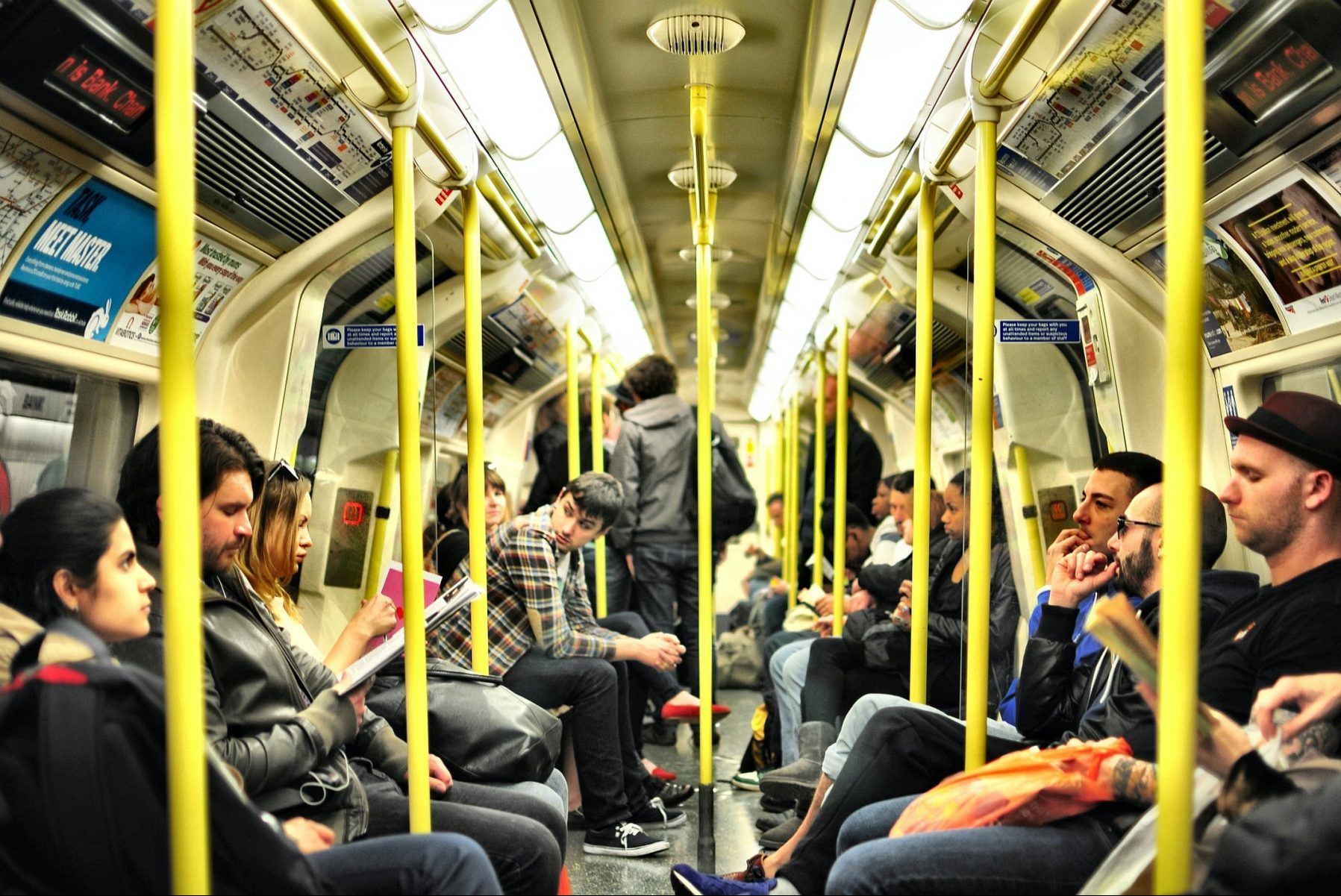As college reopening plans roll out for next fall, many in-person hybrid models leave out a large group of students: commuters.
Commuters make up 87% of college students in the United States, according to the National Center for Education Statistics. These students are often low income, making them even more vulnerable to the effects of the pandemic.
While universities have made incredibly detailed plans about how reopening will look for students living on campus, many of the plans for commuters have been vague.
Layla Elkoulily is a commuter student entering her last semester at the New York Institute of Technology in Long Island. Despite NYIT having an elaborate college reopening plan for the fall, Elkoulily still has many questions. She said, “Even though we have this 47 page document, it is not answering all of our questions and it is still very unclear how they are going to work through the logistics of several situations.”
No Place To Study
When COVID-19 forced universities to shut down back in March, living rooms, kitchens and bedrooms abruptly took the place of libraries and study rooms on campuses. To comply with social distancing, cafes and libraries were closed. As colleges now reopen for the fall, commuter students are left wondering what spaces will be available for them to study in.
Elkoulily said, “NYIT’s plan is to have a hybrid system of virtual and on-campus classes. It is arbitrary in the sense that some kids have classes from 9 to 11 and then a class online at 11:10. At the webinar, we asked where commuter students are supposed to go in 10 minutes. They said they would set up a secure space for students, but are still working out the details.”
Hybrid models will implement both online and in-person classes. Such models are perfect for resident students who can attend their in-person classes and still have ample time to go directly to their dorms for a course online. Commuter students do not have that luxury.
Many commuters travel an hour or more to get to school. If they have an in-person class at noon and then an online class at 1 p.m., they will not have enough time to get home for their course and therefore will need to stay on campus. But if there are no designated areas for commuter students to study or if the areas are not safe, they will not be able to take those courses.
According to Elkoulily, university officials said that they will create quiet spaces for students to take online classes, but even that solution poses a problem for classes that require students to speak.
Public Transportation Puts Students at Risk
Maria Jara is a commuter student at Fordham University at Lincoln Center entering her junior year. Due to concerns about COVID-19, she will be taking only online classes this semester.
Jara said, “If I were to commute my concerns would be taking public transportations; I do not know how other people will practice social distance and wear masks. Trains get crowded during the school year with high schoolers and commuters. I like to learn in a physical classroom but I am also conscious about the COVID-19 situation going on and I do not want to get sick or get my family sick.”
Hybrid models put commuter students at a greater risk due to public transportation. While many universities are testing resident students and asking them to quarantine on campus for two weeks prior to the start of classes, the same requirements are not feasible for commuter students. Traveling across campus versus traveling through a city to get to class provide two very different risks.
According to a study conducted by the National Bureau of Economic Research, there is a link between public transportation use and higher coronavirus death rates. Trains and buses increase the spread of viruses since they are small spaces with little to no air circulation.
Students that live in large cities, such as New York or Chicago, rely heavily on public transportation to get to and from school.
And despite universities offering online-only models for students, not all universities are offering every class online. Students who only need one specific class to graduate are being asked to choose between their safety and graduating at a later time.
Tuition Increases Mean Commuter Students Are Losing More
COVID-19 has also posed a threat to university funds as more and more students have dropped out. As a result, many schools are increasing tuition to make up for lost funds and to pay for new safety measures and reopening plans. Both Fordham University and the New York Institute of Technology are among the schools that have raised tuition for the upcoming fall semester.
Commuter students, especially those who are opting to stay online, are not reaping the benefits of any college reopening measures.
Jara believes that students who opt out of in-person classes like she has should receive a reduced tuition rate. “It does not make sense that I have to pay a huge amount of tuition if I am not using campus internet or resources,” she said.
Jara also has concerns about spending money on transportation to and from school on top of increased tuition rates and less access to normal facilities.
For students like Jara, riding the subway to and from school can cost upwards of $1,000 a year. Facing the costs of commuting along with rising tuition rates in many schools, commuter students are paying even more in terms of getting to school — but receiving less.
Lack of Communication with Students
Elkoulily believes that one of the reasons that college reopening plans are failing many students is a lack of communication.
She said, “The decisions are in consideration of students but out of communication with them. They do things supposedly in the consideration of students but they fail to communicate with the students why they are making these decisions or why they think they are the best.”
Those most affected by university plans are students; therefore, they must have a seat at the table and must be asked what they need during this time.
When facing unprecedented circumstances, it is difficult to find a single solution that equally benefits each student. But it is up to universities to make sure that they are doing everything in their power to ensure equity among students, especially those who are most vulnerable.

















